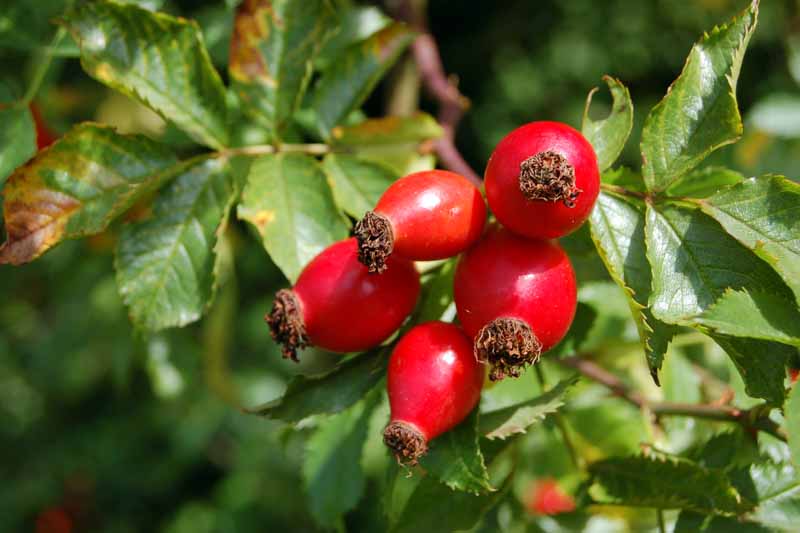Rose Hip
Rose hips are the seed-filled pods, sometimes called the fruit of the rose, part of a rose. They’re found underneath the rose petals of a rose and look like small, berry-sized, reddish (although they also come in yellow and black). They’re edible with the right preparation.



Rose hips are the round portion of the rose flower just below the petals. Rose hips contain the seeds of the rose plant. Dried rose hips and the seeds are used together to make medicine. Fresh rose hips contain a lot of vitamin C, so they share many uses with vitamin C including preventing and treating colds, flu, and vitamin C deficiencies.
However, much of the vitamin C in rose hips is destroyed during drying and processing and also declines rapidly during storage. Because of this, many rose hip-derived “natural” vitamin C products have actually been fortified with lab-made vitamin C, but their labels may not always say so.
Rose hips are also used for stomach disorders including stomach spasms, stomach acid deficiency, preventing stomach irritation and ulcers, and as a “stomach tonic” for intestinal diseases. They are also used for diarrhea, constipation, gallstones, gallbladder ailments, lower urinary tract and kidney disorders, fluid retention (dropsy or edema), gout, back and leg pain (sciatica), diabetes, high cholesterol, weight loss, high blood pressure, chest ailments, fever, increasing immune function during exhaustion, increasing blood flow in the limbs, increasing urine flow and quenching thirst.
In foods and in manufacturing, rose hips are used for tea, jam, soup, and as a natural source of vitamin C.
